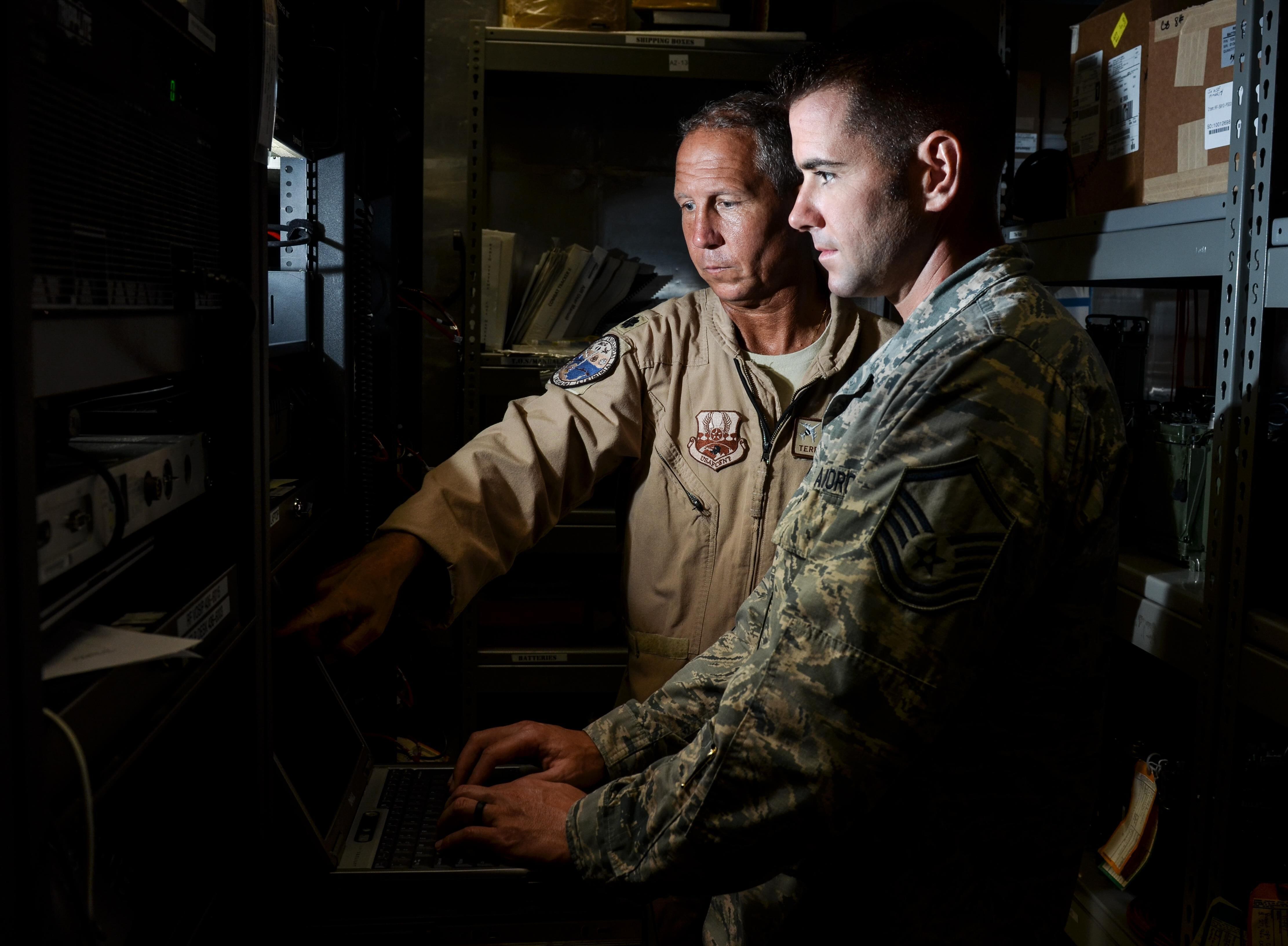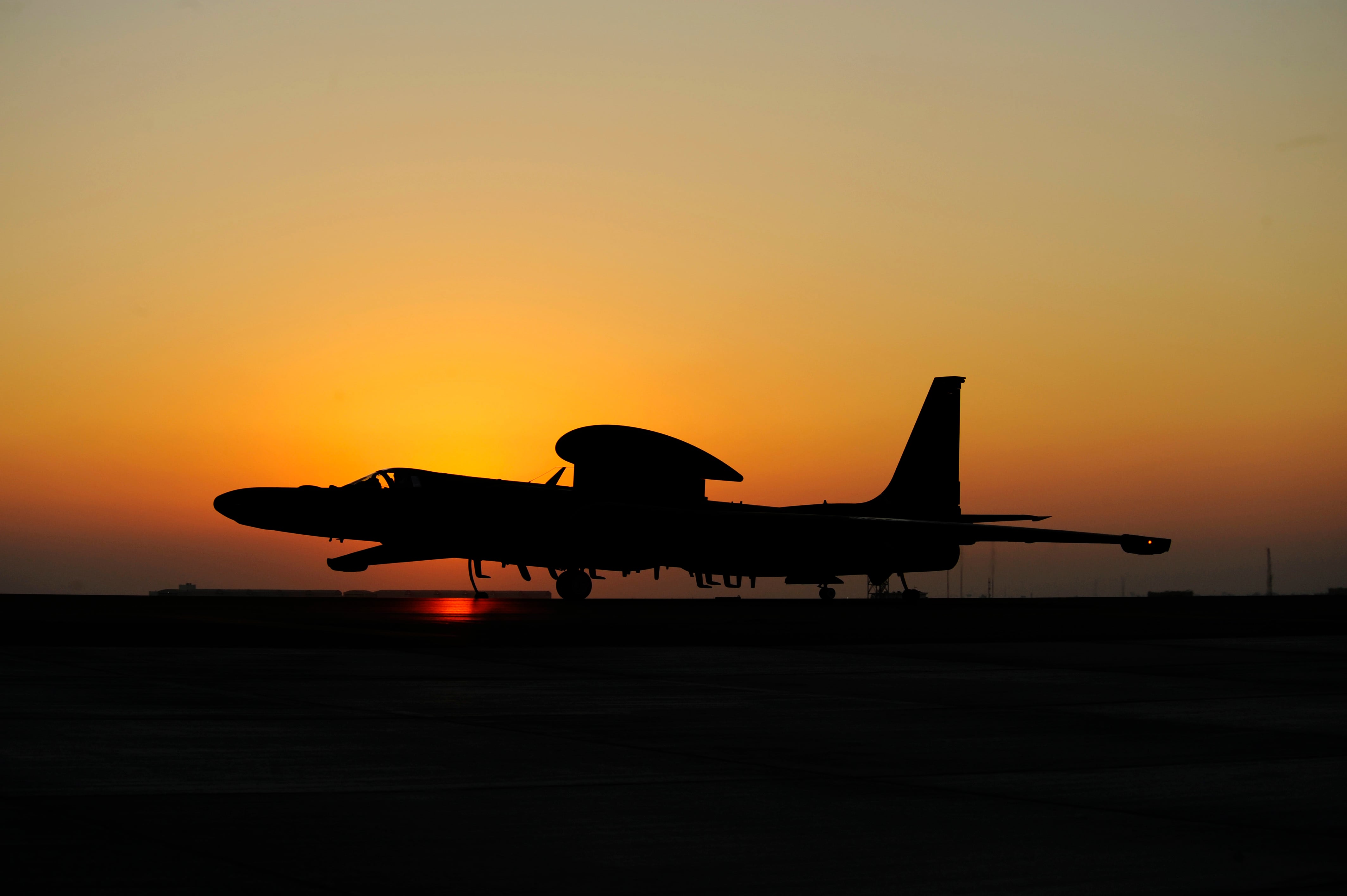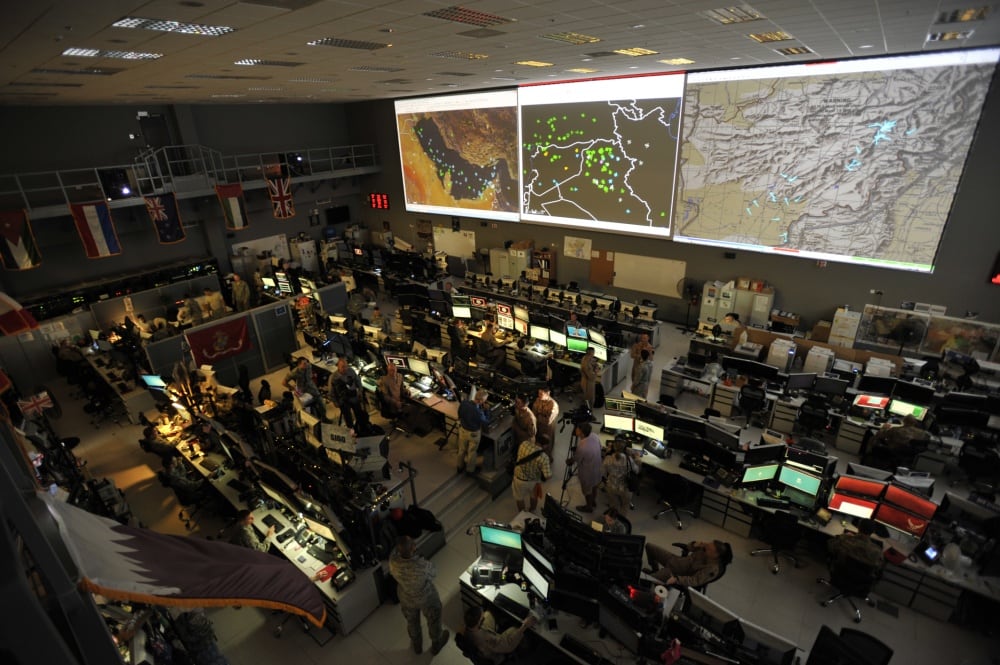WASHINGTON — The U.S. Air Force’s top general needs some time to determine how to move out on the service’s just-finalized multidomain command and control assessment, he told Defense News in an exclusive interview.
The review team’s recommendations could result in sweeping changes, and reforming the Air Force’s command and control enterprise has been one of Chief of Staff Gen. David Goldfein’s top priorities. In interviews, he has often lamented the stovepiped nature of the service‘s C2 enterprise.
Last year, Goldfein tasked an “enterprise capability collaboration team” led by Brig. Gen. Chance Saltzman, director of current operations, to study how the service can improve its command and control posture. The team briefed Goldfein and Air Force Secretary Heather Wilson about its findings in late November.
“What I took was a several-hour debrief, but the detailed work that [Saltzman has] done is written in a campaign plan, and I’m just now in the process ... of going through that to make sure I have a good understanding of the detail of the work they did,” Goldfein said Dec. 3 after a trip to California that included stops at the Reagan National Defense Forum and Beale Air Force Base.
“That allows me, I think, to give a lot more clarity in my guidance to make sure that we now take this and transition it from an idea to an actual plan that we can execute over the next few years.”
RELATED

Although Goldfein was hesitant to delve deep into the findings of the team — including which ideas stood out to him as being particularly promising — he said Saltzman had put forward recommended changes in three areas: improving the training and development of C2 professionals, generating a concept of operations and solidifying technical standards.
“We’ve got to develop the operational expertise that this is a cadre of individuals ... steeped in the business of all elements of command and control that can help us advance this thinking as it goes forward,” he said.
“Then you’ve got the overall concept of operations. This is the ‘how do you set the technical baseline? How do you set the common interface standards, the open mission systems, the data standards, the virtualization of data and how we manipulate it? How do we bring in artificial intelligence learning?’ And then there’s the more technical piece.”
In a September interview, Saltzman said the Air Force will need to overhaul how it buys C2 technologies and get into the business of prototyping and rapidly fielding new products, especially artificial intelligence software that can cut down the time it takes for intelligence officials to put together information and make a decision. It also should imitate the processes used by commercial information technology companies, like agile software development, which could help the service iteratively spin off new technology.
“Don’t wait until you have the perfect answer before you let an operator test it. As soon as you have a viable product, get it to the field,” Saltzman explained.
He also told Defense News that he planned on recommending a specialized career field for command and control professionals, which would reduce turnover in the field and build a cadre of experts.
He envisions an initial group of about 500 to 700 airmen as dedicated C2 operators. Currently, airmen from different career fields do the C2 mission for a couple years before moving back to their original jobs.
RELATED

Goldfein’s Nov. 30 trip to Beale Air Force Base was a chance to explore whether ongoing improvements to the Air Force’s C2 enterprise are having an effect. Goldfein visited the common mission control center, which feeds in data from Air Force assets like the RQ-4 Global Hawk high-altitude reconnaissance drone as well as other services’ platforms, but in a less stovepiped manner than the service’s other intelligence-processing systems.
“The whole idea is how do you take a common interface and open-mission systems, remove the issues associated with data sharing for multiple platforms, sensors, domains? Does it allow you to actually start achieving this common operational picture and decision speed that you hear me talk about?” Goldfein said. “They are in the lead of this work, so it was an opportunity for me to get a sense of how far they’ve come, and they’ve really accomplished a lot.”
Now it’s a matter of folding that work into the larger, multidomain C2 picture, he said.
“While we’re right now focusing it physically at Beale, because you’ve got to start somewhere, the overall operating concept is not to make a large physical headquarters-centric operation,” he said.
Future common mission control centers won’t necessarily need to be a centralized physical location and could be more like the “shadow operations center” being stood up at Nellis Air Force Base, Nevada, where C2 operators and coders will collaboratively prototype and test software.
Valerie Insinna is Defense News' air warfare reporter. She previously worked the Navy/congressional beats for Defense Daily, which followed almost three years as a staff writer for National Defense Magazine. Prior to that, she worked as an editorial assistant for the Tokyo Shimbun’s Washington bureau.






